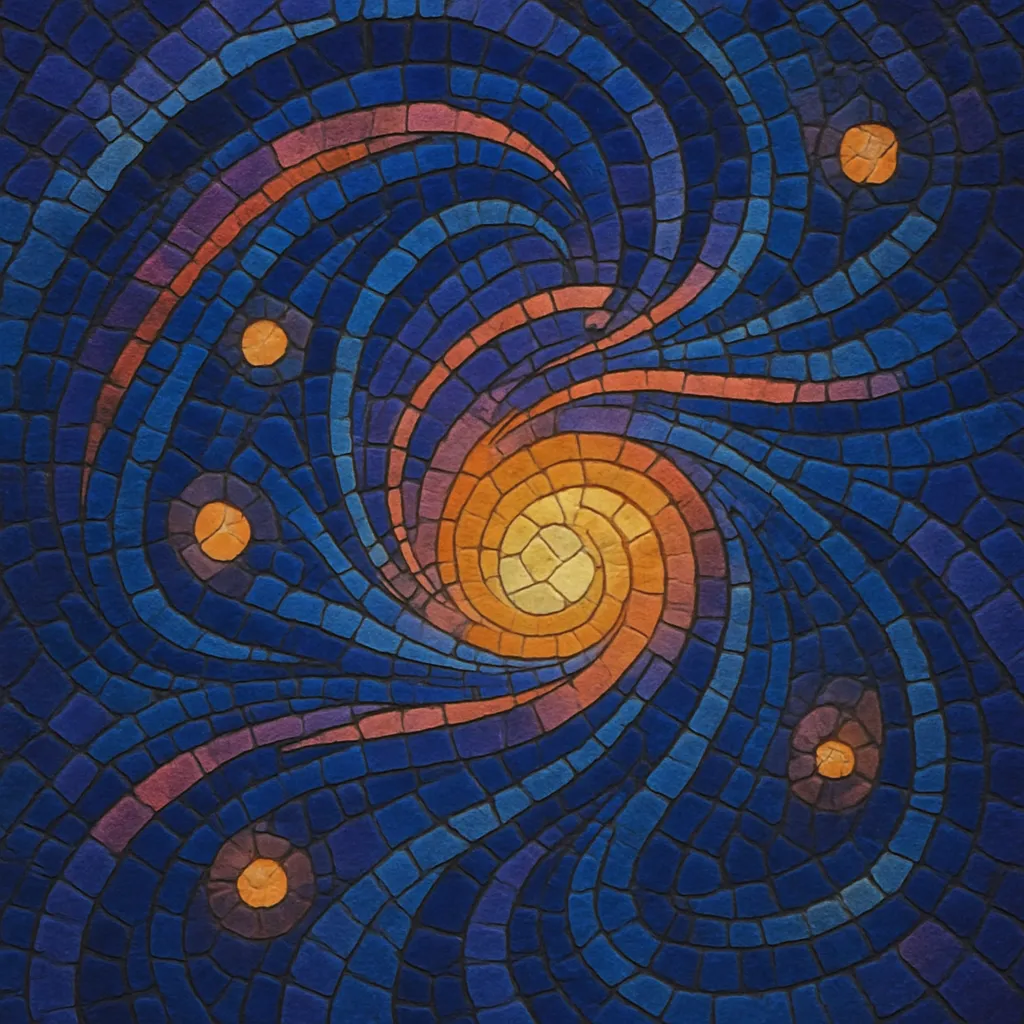
Melodic trance is a subgenre of trance that centers on emotive, memorable melodies, long breakdowns, and euphoric climaxes. It typically runs at 130–138 BPM with a steady four-on-the-floor kick, offbeat open hi-hats, and sweeping, sidechained synth leads.
Hallmarks include lush pads, arpeggiated plucks, supersaw stacks, and chord progressions in minor keys that gradually build tension before releasing into an anthemic drop. Vocals are common but not required; instrumental arrangements often carry a strong narrative arc through motif repetition and evolving sound design.
The style grew out of late-1990s Dutch and German trance, progressed through early-2000s anthem and progressive trance, and remains popular via labels and artists who emphasize melody-driven, emotionally resonant dance music.
Melodic trance emerged as trance producers in the Netherlands and Germany began prioritizing sweeping, singable leads and dramatic breakdowns over purely hypnotic repetition. Early anthemic tracks from Dutch artists (e.g., Ferry Corsten, Rank 1, Tiësto) shaped a template of minor-key progressions, big pads, and supersaw leads, while German trance’s focus on long-form tension and release provided the structural backbone.
In the early 2000s, melodic trance crossed into mainstream club culture. Labels and radio shows championed melody-forward productions, and festivals adopted the grand, hands-in-the-air breakdown-to-drop format. Artists like Above & Beyond, Armin van Buuren, Paul van Dyk, and BT refined the balance between club functionality and emotional songwriting, often adding vocals to broaden the genre’s reach.
The 2010s saw melodic trance interweave with progressive house and big-room sensibilities, while Anjunabeats and similar imprints preserved a purist approach. Producers evolved sound design—cleaner mixes, modern supersaws, tighter low-end—yet kept the genre’s core: memorable toplines and extended breakdowns. Simultaneously, its melodic DNA influenced euphoric hardstyle, melodic dubstep, and contemporary melodic techno.
Today, melodic trance endures through global festivals, specialized labels, and radio shows. It remains a gateway into trance for broader audiences, prized for its emotional intensity, DJ-friendly arrangements, and timeless focus on melody-driven storytelling.

